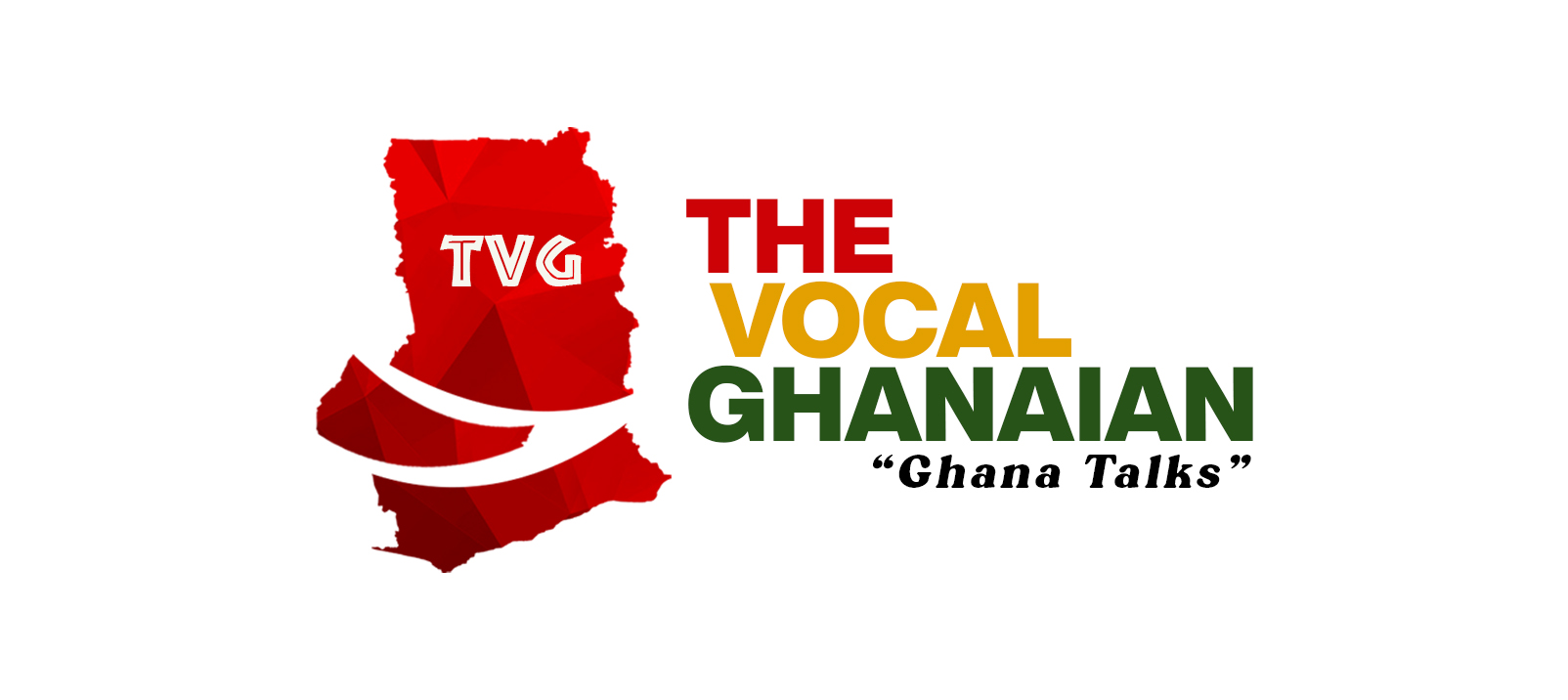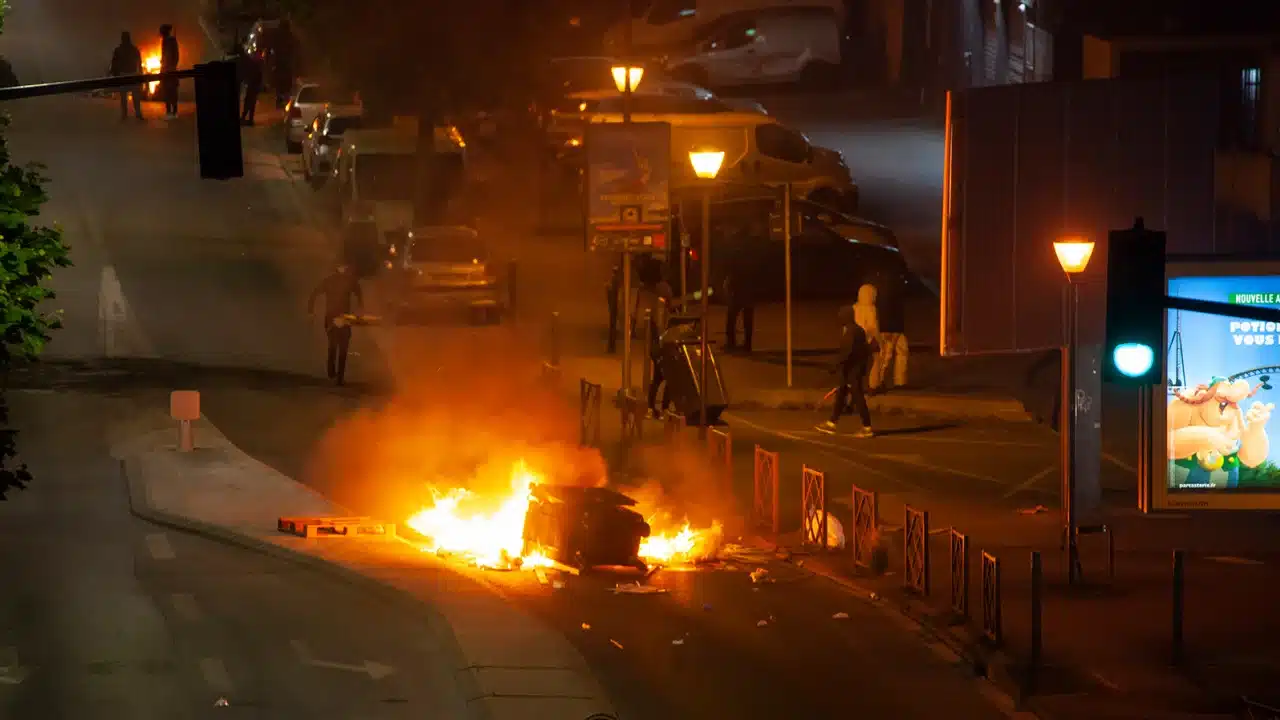France witnessed a third consecutive night of tumultuous protests on Thursday following the tragic police shooting that claimed the life of a teenager. The demonstrations, characterized by vehicle arson, property damage, and the apprehension of hundreds of individuals in various cities nationwide, unfolded after a memorial march held earlier in the day to honour the deceased 17-year-old named Nahel. The incident has reignited deep-seated concerns surrounding law enforcement practices and racial profiling in France’s economically disadvantaged and culturally diverse suburbs.
Authorities had anticipated a “theater of urban violence,” as indicated in an internal security memorandum, prompting the deployment of approximately 40,000 police officers, gendarmes, and specialized units like Raid and GIGN across multiple urban centers. Several cities in the vicinity of Paris had implemented curfews, while bans on public gatherings were enforced. Helicopters and drones were also mobilized in the northern cities of Lille and Tourcoing.
Despite the extensive security measures, acts of violence and property destruction were reported in various regions. By approximately 3:00 am on Friday, the team led by Interior Minister Gerald Darmanin had confirmed the arrest of at least 421 individuals nationwide during the course of the night.
A senior national police official noted, “Although there have not been any highly violent confrontations directly involving the police, numerous stores have been vandalized, looted, and some even set ablaze.” Additionally, public institutions became targets, with regional authorities reporting a Molotov cocktail attack on a police station in the Pyrenees city of Pau.
Summary of Facts
- The victim was 17-year-old Nahel M, who was shot after being stopped for breaking traffic rules in the Paris suburb of Nanterre. His death has revived grievances about racial profiling by police in France’s low-income, multiethnic suburbs
- At least 667 people were arrested overnight Thursday in a third night of violence that saw cars torched, buildings vandalised and shops looted in several cities
- Interior Ministry says 249 police and gendarmes were injured in clashes Thursday night, when 40,000 police officers, including elite riot units, were deployed throughout the country
- Buses and trams in the Paris area will be suspended from 9pm Friday for a second night, while several suburbs are enforcing 9pm-6am curfews until Monday
- The police officer who shot Nahel has been charged with voluntary homicide and imprisoned. He has apologised to the family, while his lawyer says he is “devastated”
- More than 6,000 people took part in a silent march for Nahel on Thursday in Nanterre. Nahel’s mother said the police officer was responsible for her son’s death and not the policing system
What do we make of this?
The protests in France following the fatal police shooting of a teenager highlight ongoing concerns regarding policing practices and racial profiling in the country’s low-income and multiethnic suburbs. These protests reflect the deep-seated grievances and frustrations felt by certain communities, who perceive themselves as disproportionately targeted by law enforcement.
The scale of the demonstrations, along with the deployment of a significant number of security forces, suggests that the situation is being taken seriously by the authorities. The clashes, property damage, and arrests indicate the level of tension and frustration within these communities.

